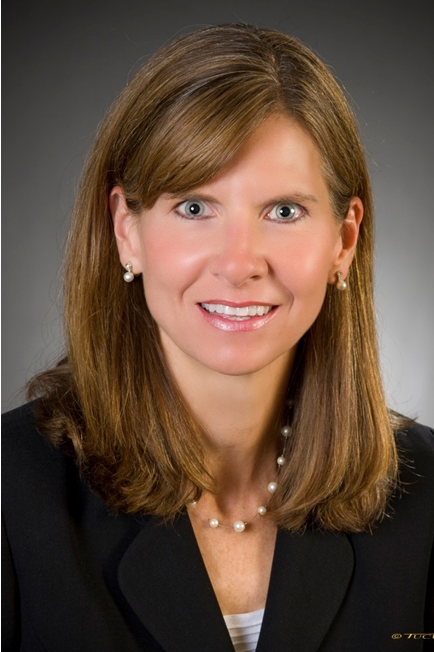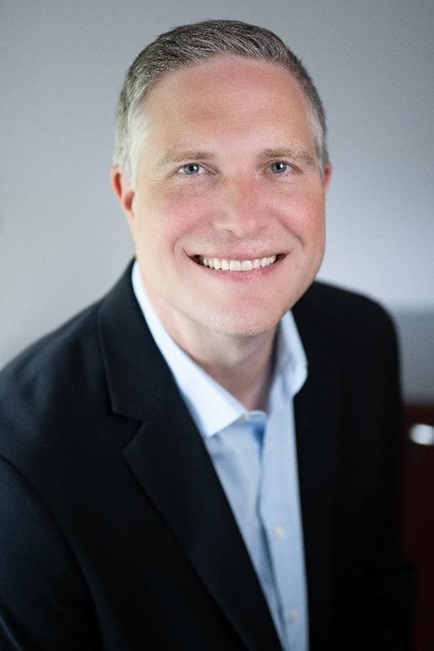Fitting the Pieces Together
Editorial
November 11, 2016
How to Ensure Success in Third-Party Vendor Recruitment
Named one of the greatest video games of all time by several sources, Tetris has captivated video gamers since the early 1980s with its simplistic and addictive gameplay. Players are challenged to maneuver geometric shapes composed of four square blocks, called “tetriminos,” by moving each one sideways or rotating it by 90 degree units to create a horizontal line of 10 tetriminos without gaps. Once that is accomplished, the line disappears and the blocks above fall closer to the bottom of the playing screen. After clearing a predetermined number of lines, a new level is entered and the tetriminos begin to fall at a more rapid pace. If the stack reaches the top of the playing screen, the game is over.
Although there have been many variations of the game over the years, the basic concept has remained the same. The key to conquering Tetris was to carefully place your pieces in the right order always looking ahead to the next piece to fall while also keeping an eye on the game board. Imagining Tetris’s gameplay, a direct parallel can be drawn between the game and managing a third-party vendor network in the mortgage field services industry. Companies need to recruit the right vendors to ensure they “fit” the requirements and compliance standards for the job. Like placing tetriminos in the game of Tetris, the third-party vendors not only need to be the right fit, but it is also the duty of the field services company to properly prepare them for the field and provide continuous resources to ensure they are successful.
UTILIZING THE LATEST RECRUITING TECHNIQUES
At the height of the foreclosure crisis, new boots on the ground companies (or third-party vendors) performing mortgage field services work exploded everywhere because it was easy to get into the business and make a profit quickly. As the industry recovers from the housing crisis, volume decreases and compliance requirements increase, many of those initial companies are leaving to find other work or to return to their former industries. Finding new qualified vendors can be difficult and traditional methods such as newspaper, word of mouth, and job boards have become less effective. Mortgage field services companies must utilize new methods of attracting new vendors to the industry –beyond the traditional approaches.
One of the best new methods for recruiting qualified third-party vendors is through social media. According to statistics on Facebook’s newsroom page, there are 1.71 billion active monthly users as of June 30, 2016. Of those users, about 66 percent or 1.13 billion log in daily. Other social media outlets such as LinkedIn, YouTube, Twitter, and Instagram also have large followings and provide a digital outlet for companies to market to job seekers. Creating a social media presence is not difficult but it does require attention and consistent content to attract followers. Content should be interactive, relevant, and compelling to entice the appropriate audience. To keep the content fresh, post a variety of industry articles, upcoming events, or pictures from past events. Gaining followers to a company’s page helps get the message out to a broader audience and could result in more leads. To quickly increase the number of followers to a page, most social media outlets provide the option of inexpensive paid advertisements that can reach thousands of potential leads in only a short period of time.
Social media outlets offer tools that allow digital marketers to target very specific demographics to ensure that any message is delivered to the correct audience and advertising dollars are maximized. These tools also provide reporting that will assist in determining if the appropriate audience is being targeted and how they are reacting to the message. A well-organized recruiting campaign can generate plenty of leads, but is only valuable if those leads can meet industry compliance standards and satisfy the needs of clients. A rigorous onboarding process is key to identifying the best recruits.
ONBOARDING BEST PRACTICES
During the onboarding process, a potential third-party vendor should move from a lead to qualified vendor status only if the basic standards are met. Mortgage field services companies that contract with vendors must carefully determine for themselves what those standards should be based on their client and investor requirements. At a minimum, a qualified vendor should present themselves as a viable resource by providing an Employer Identification Number (EIN), photo ID, a valid background check for the principal, and proof of insurance.
Requirements may vary not only by client or investor but also by state. For example, some states may require a vendor to have workers compensation insurance or a general contractor’s license to operate. Those states also may require that mortgage field services companies verify the required credentials before assigning work orders. Companies should consider developing a standard onboarding process that includes the use of a checklist to ensure that all of the required documents have been collected before starting a vendor in the field.
Documentation collected during the onboarding process and throughout the tenure of the vendor should be kept up-to-date and easily accessible by utilizing a centralized document retention system that can track expiration dates and provide compliance reporting. Many document retention systems offer features such automated email reminders to vendors approaching expiration dates on required documents and email form collection that reduces the amount of internal resources needed to track compliance. Well-written processes and consistent policies surrounding the onboarding process help instill a confidence in the client that the vendors working in the field are qualified and well vetted.
PREPPING THIRD-PARTY VENDORS FOR THE FIELD
Providing content rich resources to new third-party vendors during and beyond the onboarding process is essential to protecting and preserving vacant properties and delivering great service to clients. Prior to assigning work to new vendors, it is vital that they are prepared for the field by providing them with resources that clearly define the expectations of the clients and investors that will be serviced. The vendors’ field crews and office staff must understand the scope of work needed to complete and report work thoroughly. Overlooking this very important step in the onboarding process places the vendor at significant risk of not properly reporting damages, using allowables incorrectly, making multiple trips to the property, and missing important client due dates. These mistakes could lead to consequences for that vendor that could discourage continued growth within the industry. Industry standard and investor requirement instructional videos, field checklists, work flow diagrams, and aids support process compliance of new vendors. Build resources that are flexible and will allow for amendments as the scope of work, rules of engagement, and reporting requirements fluctuate.
To ensure that new and experienced vendors are well-versed in the most recent client and investor guidelines, companies should plan to provide resource materials throughout the lifespan of the relationship. Consider investing in a Resource Management System (RMS) to assist with facilitating and tracking the use of compliance resources. RMS systems automate the compliance process and are excellent for providing analytics, flexibility for the users; mobile delivery of content and some systems offer authoring tools to help with content creation. The RMS system can be utilized from the onboarding phase of a new vendor though the entire lifecycle. Many systems will have the ability to create additional users for vendors’ subcontractors who also can access compliance resources and track their usage. Some systems allow the administrator to push out new compliance resources or updates to registered users while providing version controls that guarantee only the most updated content is viewable to users. In addition to using an RMS system, utilizing e-mail communications and push notifications on mobile devices to inform the supply chain of critical updates to field processes and rules of engagement is key to ensuring the success of third-party vendors. Industry best practices or other helpful information can be funneled through the company’s social media sites, videos, or newsletters.
Conferences and seminars or webinars also provide a channel for communication about guideline changes, field technology improvements, and best practices. In addition, conferences give the vendor network an opportunity to interact and share ideas with each other that will improve their businesses and provide feedback to the service companies. Allowing the boots on the ground to share issues from the field may feel uncomfortable at first but can provide a service company with priceless information that will lead to providing a higher level of service to clients.
Technology is a key resource to directing vendors to completing tasks and collecting essential data about a property. Mortgage field services is a fast-paced industry and the right mobile applications can facilitate speedy results from the field directly to clients. According to the Pew Research Center, in 2015 two-thirds of Americans were smartphone users, which means that a majority of vendors are already using their smartphones and mobile applications on a daily basis. There are a number of different applications that are built specifically for the mortgage field services industry and can be customized to accommodate specific requirements or integration to other systems. Third-party vendors utilizing these applications in the field can turn results such as property condition, necessary bids, and supporting photos back to our clients quickly and efficiently. Vendors will enjoy the benefits of requiring less overhead to complete work orders, speed to invoice, and increased work load capacity. Other benefits for the vendors using these applications also may include management of crews in the field, work order routing, and push notifications.
Resource materials and technology unaccompanied with face-to-face communications will likely not be successful. In- field communication is a practical tool that can be used to link client expectations to a real-life application. One effective method to link all the pieces together is for the mortgage field services provider to have a representative walk through the work order instructions of the first order, visit the property alongside the vendor, and then sit with the office staff during the process of reporting the details, providing bids, and the uploading of supporting photos. This helps the new vendor understand how all the pieces fit together and also will allow the field representative to make initial assessment of the capabilities of the new vendor.
Building an effective vendor network is a continuous process of evaluating current vendors and determining where gaps exist. Once they are identified is when the real work begins. Much like the popular video game Tetris, pieces of the puzzle are always falling into the industry’s “game board”. It takes innovation to continue building a network of elite vendors that ultimately provides clients and investors with world class customer service.
Source: DS News (Fitting the Pieces Together [pdf])
Additional Resource:
DS News (Fitting the Pieces web version)





